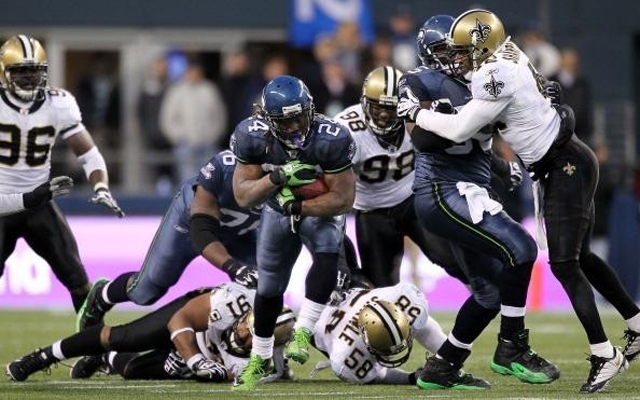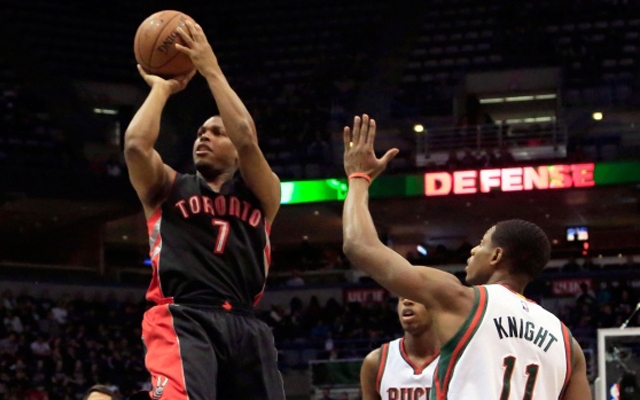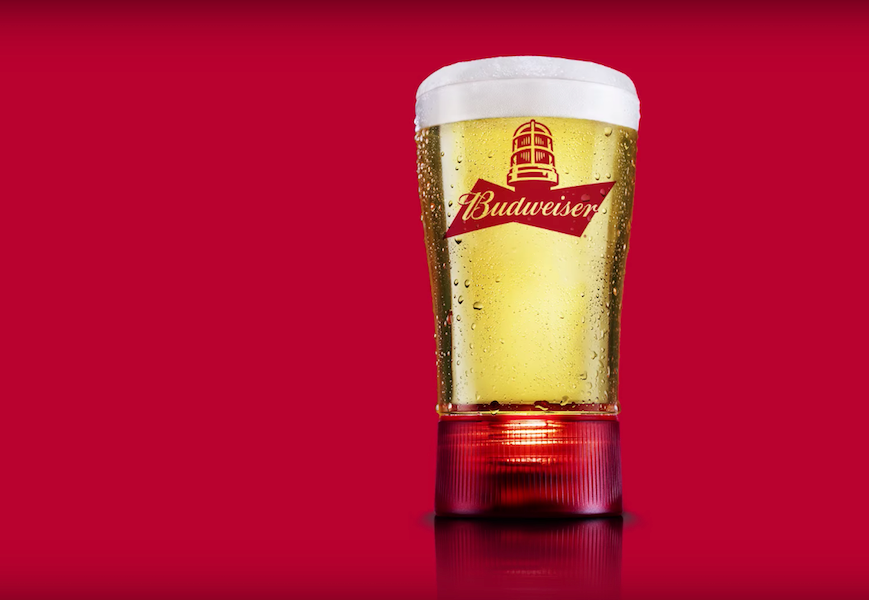They are who we thought they were.
The Toronto Maple Leafs will play their final game of the season Saturday, and for the 47th straight year they didn’t win a Stanley Cup—not even close. They might have had a chance had they not strung together eight straight losses in the final stretch of the season, but really, missing the playoffs again is for the best.
The Leafs are a team that has, for most of the past two seasons, won more than they deserved to. Old school hockey pundits say the only measure of a team’s quality is its record—you gotta be good to win more than you lose—but there’s so much more to understanding how and why hockey teams win and what they need to do to keep winning.
Those who were caught off guard by the Leafs’ “collapse” didn’t know what they were looking at, which was a team riding great goaltending and good fortune to a winning record. But it was all going to come crashing to earth eventually because of two things: opportunity and luck.
We can measure a team’s ability to create scoring opportunities with Corsi, which counts all attempted shots on goal (shots, blocked shots and missed shots) for and against a team and converts it to a percentage. The higher the number, the better a chance a team has to win. The Leafs sit second last in the NHL in Corsi at 43.7 per cent, just ahead of Buffalo—which by all accounts is a terrible hockey team. In fact, Toronto and Buffalo were the worst two teams in the NHL in Corsi last year, too
Despite only having 43.7 per cent of the shots in an average game, the Leafs managed to stay in playoff contention for most of the season. How? Pure luck. And yes, we can turn that into a number, too.
The standard measure of a team’s luck is PDO (it doesn’t stand for anything, PDO was the name of a frequent commenter on an Edmonton Oilers blog—I know, it’s stupid), which adds a team’s save percentage and shooting percentage and multiplies by 10 (for easier reading). The average team will sit right around 1,000, with luckier teams registering a higher number and unlucky teams scoring lower. Regardless of the figure a team has at any point, its PDO will tend to move closer to 1,000 over time—both good and bad luck will run out, eventually.
Last season the Leafs had the highest PDO in the NHL—shocking, right? They had the best luck and the fewest scoring opportunities, so they made the playoffs and gave the Bruins a good scare, but the better team won out. This year they’ve dropped to sixth in PDO and, of course, out of playoff contention. It took nearly two full seasons, but their luck is fading—now we can see what kind of team they are when the bounces aren’t going their way. It isn’t a good one.
So what now? How do the Leafs become a team that creates opportunities and doesn’t rely on luck? The first step is appealing to the pitchfork-wielding mob outside the Air Canada Centre and replacing general manager Dave Nonis and head coach Randy Carlyle. Nonis has admitted he doesn’t trust advanced statistics, even while evidence shows the league’s best teams year after year—Los Angeles, Chicago, Boston—tend to have better Corsi numbers. Carlyle has had success as an NHL coach and no one can take away his Stanley Cup ring, but he doesn’t seem to understand the value of puck possession, either.
The Leafs aren’t who they thought they were, but now that we all know they’re not a good hockey team they can finally get to the business of getting better.












